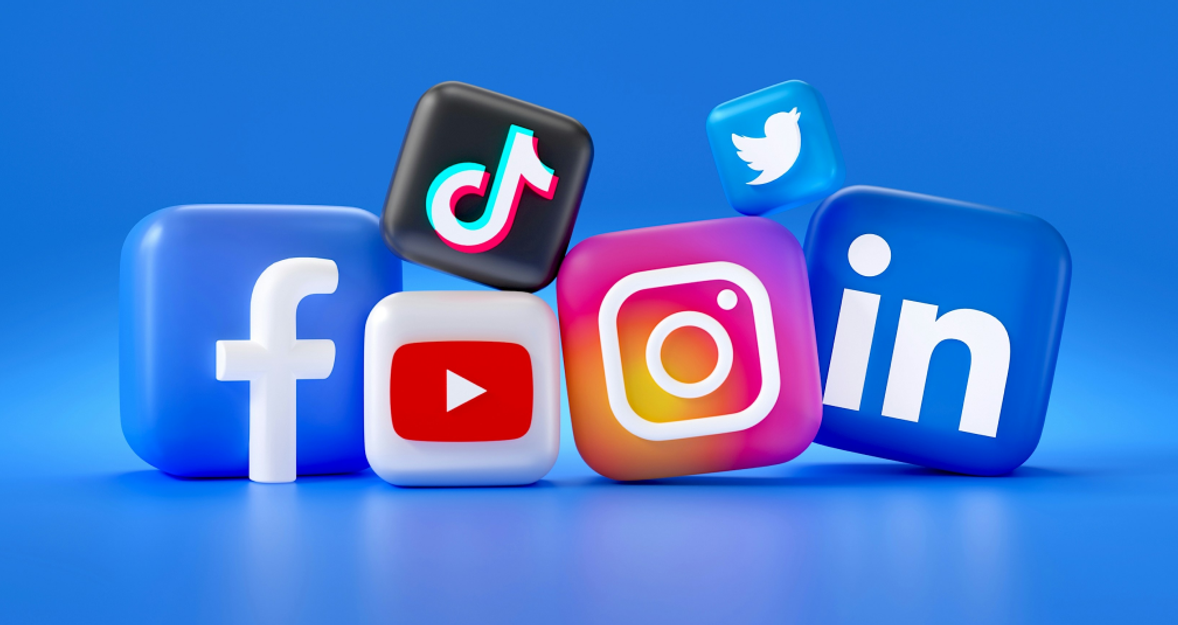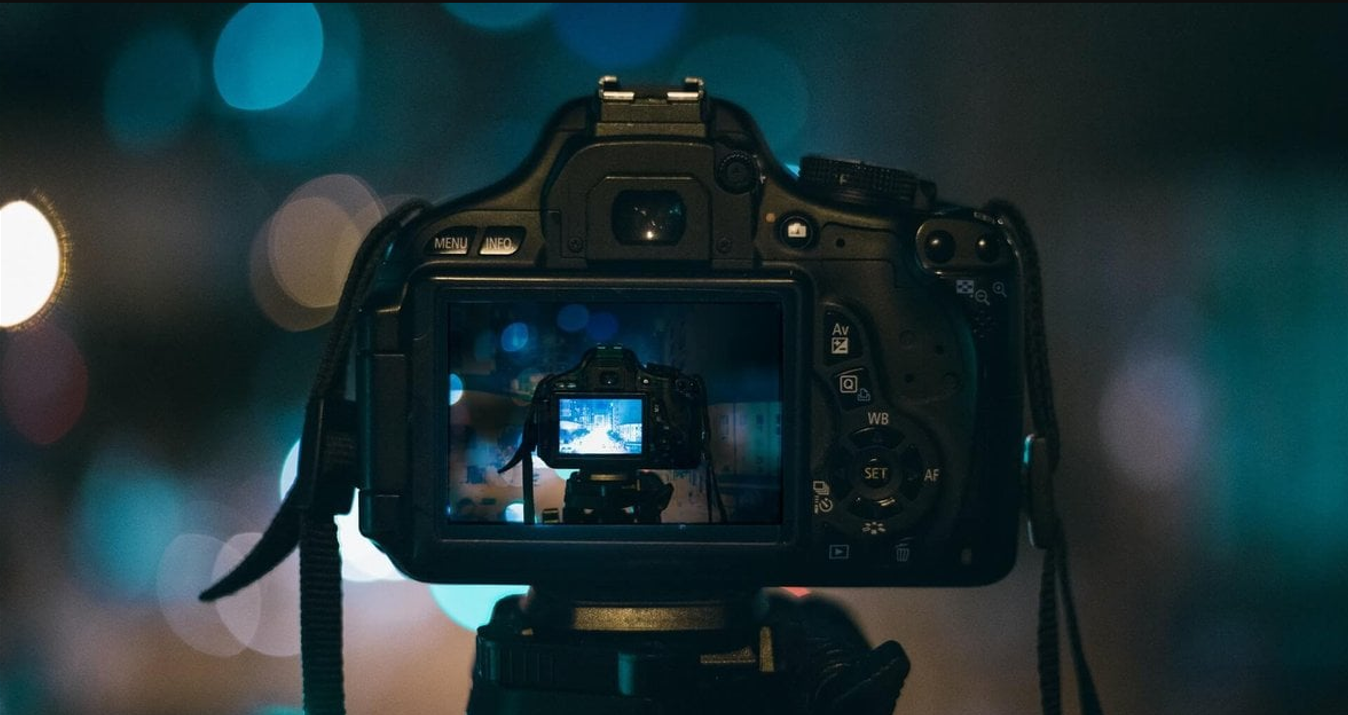What Is UGC Content And Why It Matters For Brands Today
October 17, 2025

UGC content is what happens when real people narrate your brand in their own words. That authenticity is the shortcut to attention.
A few years ago, I posted a photo of my favorite sneakers on Instagram with a short caption about how comfortable they were. A week later, the brand shared my picture on their official page. It wasn’t a paid collaboration, yet that single repost got me hundreds of new followers and the brand dozens of comments about how authentic the post felt. That moment was my first true introduction to user-generated content, often called UGC.
Today, every kind of brand uses UGC, from local cafés to massive tech companies. The reason is simple: people trust people, not polished ads. When customers see real users showing how a product fits into everyday life, the message hits differently. It’s not marketing talk: it’s shared experience.
So, what is UGC, and why does it matter so much in 2025? Let’s break it down.
What Is User-Generated Content (UGC)?
 If you’ve tagged a brand on Instagram, written a review, or uploaded a YouTube video about a product you love, you’ve already created UGC. The UGC is simple: it refers to any content (photo, video, review, blog post, etc.) made by real users rather than the company itself.
If you’ve tagged a brand on Instagram, written a review, or uploaded a YouTube video about a product you love, you’ve already created UGC. The UGC is simple: it refers to any content (photo, video, review, blog post, etc.) made by real users rather than the company itself.
The UGC definition can be summarized as: “Original content created by individuals, customers, fans, or followers that marketers can use to promote their products or services.” Unlike traditional advertising, user-generated content isn’t scripted or staged. It’s genuine, and that’s why audiences connect with it.
Brands use this storytelling to close the gap between corporate messages and real people. The true power of user-generated content is its authenticity. It converts ordinary customers into enthusiastic ambassadors and builds a level of trust and credibility you can’t buy.
Types of User-Generated Content
There’s no single form of UGC; it appears everywhere online. From tweets to YouTube unboxing videos, such content provides businesses with new ways to engage their audiences. Here are the main types that have the biggest impact today, though there are others as well.
Reviews and Testimonials
 How often do you read reviews before you buy? A detailed five-star comment usually says more than any ad ever could. Reviews and testimonials are a powerful form of UGC because they reflect real experiences. Brands like Airbnb and Amazon rely on customer reviews to build credibility. Detailed reviews of a cozy apartment or durable phone case can persuade hesitant buyers better than ads.
How often do you read reviews before you buy? A detailed five-star comment usually says more than any ad ever could. Reviews and testimonials are a powerful form of UGC because they reflect real experiences. Brands like Airbnb and Amazon rely on customer reviews to build credibility. Detailed reviews of a cozy apartment or durable phone case can persuade hesitant buyers better than ads.
Photos
 Photos are among the most popular UGC formats. They’re easy to share and visually engaging. Platforms like Instagram and TikTok thrive on them. Users often enhance their photos using creative tools such as image filters to make their posts look more aesthetic before tagging a brand.
Photos are among the most popular UGC formats. They’re easy to share and visually engaging. Platforms like Instagram and TikTok thrive on them. Users often enhance their photos using creative tools such as image filters to make their posts look more aesthetic before tagging a brand.
Companies often repost these photos as part of their social media campaigns. For example, coffee sellers might share pictures of customers holding cups with their logos. Fashion brands sometimes share customer outfit photos. Every repost acts as a small story that enhances the brand’s identity through its community.
Videos
 Videos enhance authenticity, with here TikTok leading the way. Unboxings, tutorials, and day-in-the-life clips show products’ performance in real scenarios. Makeup brands, for instance, thrive on user tutorials that feature skin retouching tools, which enhance visual storytelling without losing natural texture. Video UGC gives audiences something traditional ads can’t, context and relatability. It’s one thing to see a product in a glossy ad and another to see how it fits into someone’s real life.
Videos enhance authenticity, with here TikTok leading the way. Unboxings, tutorials, and day-in-the-life clips show products’ performance in real scenarios. Makeup brands, for instance, thrive on user tutorials that feature skin retouching tools, which enhance visual storytelling without losing natural texture. Video UGC gives audiences something traditional ads can’t, context and relatability. It’s one thing to see a product in a glossy ad and another to see how it fits into someone’s real life.
Social Media Posts
 Social media is where UGC shines brightest. Whether it’s a funny TikTok dance or a heartfelt Instagram story, user posts drive engagement. Tagging brands shares personal experiences and introduces the brand to new customers, which is especially valuable for small businesses seeking organic growth. For aspiring creators, this is often the first step in how to start being an influencer. When people keep sharing real, relatable UGC, they often move from regular customers to micro-influencers partnering with brands.
Social media is where UGC shines brightest. Whether it’s a funny TikTok dance or a heartfelt Instagram story, user posts drive engagement. Tagging brands shares personal experiences and introduces the brand to new customers, which is especially valuable for small businesses seeking organic growth. For aspiring creators, this is often the first step in how to start being an influencer. When people keep sharing real, relatable UGC, they often move from regular customers to micro-influencers partnering with brands.
Blog Posts
 Long-form UGC, like blogs, offers depth. Users write detailed product comparisons, tutorials, or personal stories around a brand’s product. For example, a photographer might review the best beginner camera for social media and include authentic photos, giving readers both information and real-life insights. Blog posts remain timeless UGC because they often appear in Google searches and continue to drive traffic for years.
Long-form UGC, like blogs, offers depth. Users write detailed product comparisons, tutorials, or personal stories around a brand’s product. For example, a photographer might review the best beginner camera for social media and include authentic photos, giving readers both information and real-life insights. Blog posts remain timeless UGC because they often appear in Google searches and continue to drive traffic for years.
Remove Backgrounds with an Advanced AI Tool
Try it Now!Why User-Generated Content Is Important
Now, why is user-generated content so important in today’s marketing landscape? In short, it makes brands feel human again. Let’s look at how it does that.
Showcase Authenticity
 People crave honesty these days. They can tell right away when something’s staged or overproduced. But when a brand shares a real customer’s selfie, unboxing video, or story, it comes across as genuine.
People crave honesty these days. They can tell right away when something’s staged or overproduced. But when a brand shares a real customer’s selfie, unboxing video, or story, it comes across as genuine.
For instance, outdoor suppliers often encourage hikers to share their adventure photos. These photos sometimes with creative touches like a blur photo background capture genuine emotion. It’s not just a picture of a backpack; it’s a memory. That emotional connection is priceless. Authentic UGC feels real because it is real and exactly what audiences trust.
Foster Brand Loyalty
 When brands share customers’ posts, it creates a real sense of community, and it tells people, “You belong here.” I once saw a local skincare brand ask followers to post their routines; the brand reshared the best videos on its official page. The result was simple: those creators became loyal fans. This illustrates one of the main advantages of user-generated content: it builds emotional loyalty. People love being acknowledged by brands they admire.
When brands share customers’ posts, it creates a real sense of community, and it tells people, “You belong here.” I once saw a local skincare brand ask followers to post their routines; the brand reshared the best videos on its official page. The result was simple: those creators became loyal fans. This illustrates one of the main advantages of user-generated content: it builds emotional loyalty. People love being acknowledged by brands they admire.
Provide Social Proof
 Social proof is the psychological phenomenon where people mirror others’ actions. If thousands of users post photos with a product, others assume it’s worth trying. Think about how viral trends start. One person shares, others follow, and soon the product becomes a must-have. The benefits of user-generated content in this sense are exponential. It’s free advertising powered by real experiences.
Social proof is the psychological phenomenon where people mirror others’ actions. If thousands of users post photos with a product, others assume it’s worth trying. Think about how viral trends start. One person shares, others follow, and soon the product becomes a must-have. The benefits of user-generated content in this sense are exponential. It’s free advertising powered by real experiences.
Curate Content
 For brands, one major advantage is content abundance. Instead of spending time and money producing every image or video, they can curate high-quality UGC from their community.
For brands, one major advantage is content abundance. Instead of spending time and money producing every image or video, they can curate high-quality UGC from their community.
Yet, to maintain brand consistency, companies often establish clear user-generated content guidelines. These rules specify what content fits their tone, values, and aesthetic. For instance, a travel company might encourage bright, scenic photos but discourage heavily edited ones. When done right, curated UGC gives brands a steady flow of fresh, relatable material while keeping their visual identity cohesive.
Maximize Budget
 Traditional ad production: actors, sets, lighting, and editing can be expensive. User-generated content, on the other hand, is often created voluntarily by customers. That’s why it’s not just powerful but cost-effective. Brands can reallocate their budgets toward community growth, rewards programs, or collaborations with UGC creators. And that brings us to a common question: What does UGC creator mean?
Traditional ad production: actors, sets, lighting, and editing can be expensive. User-generated content, on the other hand, is often created voluntarily by customers. That’s why it’s not just powerful but cost-effective. Brands can reallocate their budgets toward community growth, rewards programs, or collaborations with UGC creators. And that brings us to a common question: What does UGC creator mean?
Such a creator specializes in producing authentic, brand-related content without necessarily being an influencer. They don’t rely on huge followings but on storytelling skills. They make short videos, honest reviews, and organic posts that companies can use for marketing. In other words, UGC creators are people who make products look real every day.
To Wrap Things Up
UGC meaning is more than just a trend. It’s a way for brands to build real connections. People scroll past ads every day. What stops them is an honest story that makes them feel they have lived in it. UGC brings more than views; it builds credibility, and credibility is today’s most valuable currency.
Whether it’s a warm review, a candid video, or a photo with a little edit, user-created content carries real feeling. It says, “This worked for me; it might work for you.” That trust turns customers into a community, which is why UGC only matters more over time.





